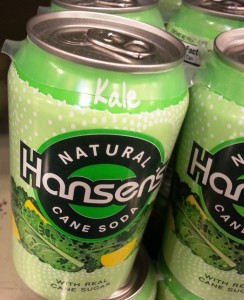The FDA’s question for Christmas Eve: What is “natural?”
The FDA is extending the comment period for the meaning of “natural” on food labels until May 10, 2016. This, it says, is
In direct response to requests from the public…Due to the complexity of this issue, the FDA is committed to providing the public with more time to submit comments. The FDA will thoroughly review all public comments and information submitted before determining its next steps.
The “complexity of this issue?” Isn’t it obvious what “natural” means when applied to food—minimally processed with no junk added?
Not a chance. “Natural” is too valuable a marketing term to forbid its use on highly processed foods. To wit:

Here, as the agency explains, is what complicates the meaning of “natural”:
The FDA is taking this action in part because it received three Citizen Petitions asking that the agency define the term “natural” for use in food labeling and one Citizen Petition asking that the agency prohibit the term “natural” on food labels. We also note that some Federal courts, as a result of litigation between private parties, have requested administrative determinations from the FDA regarding whether food products containing ingredients produced using genetic engineering or foods containing high fructose corn syrup may be labeled as “natural.”
Are foods containing genetically modified ingredients or HFCS “natural?”
The FDA says
It has long “considered the term “natural” to mean that nothing artificial or synthetic (including all color additives regardless of source) has been included in, or has been added to, a food that would not normally be expected to be in that food.
However, this policy was not intended to address food production methods, such as the use of pesticides, nor did it explicitly address food processing or manufacturing methods, such as thermal technologies, pasteurization, or irradiation. The FDA also did not consider whether the term “natural” should describe any nutritional or other health benefit.
Specifically, the FDA asks for information and public comment on questions such as:
- Whether it is appropriate to define the term “natural,”
- If so, how the agency should define “natural,” and
- How the agency should determine appropriate use of the term on food labels.
If you want to weigh in on this, you now have until May 10 to do so. Go to http://www.regulations.gov and type FDA-2014-N-1207 in the search box.
Here are the background documents:
- Federal Register Notice: Use of the Term “Natural” in the Labeling of Human Food Products; Request for Information and Comments; Extension of the Comment Period.
- “Natural” on Food Labeling
May your holidays be happy, healthy, and natural, of course.


